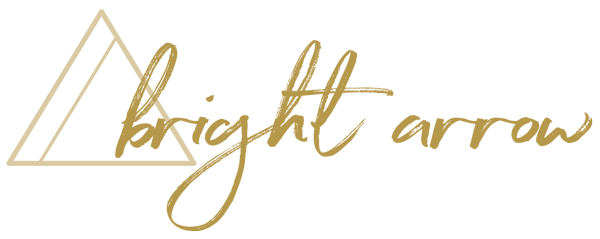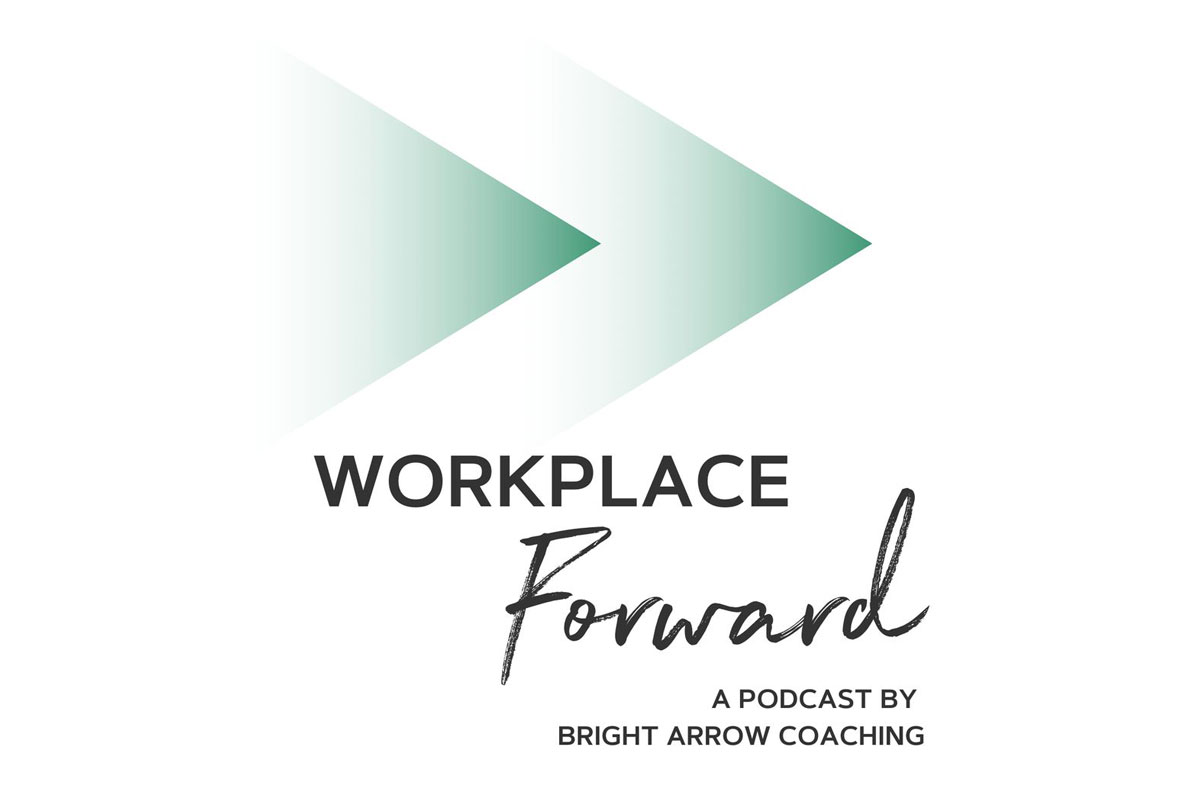How many of you are accustomed to joining or building a team and the first thing you do is work with your team to develop a robust team charter, stakeholder map, and team norms (agreed upon ways you will interact regularly and overcome conflict)? I seldom see a single hand that goes up in the room when I ask this question.
Most organizations I work with claim to value collaboration—and they truly do—and are perplexed when projects stall and power struggles abound. “Teamwork and collaboration are part of our core values! We all agree! So, why are we so stuck?”
Work Culture Shift
Over the last fifteen years, work culture has shifted aggressively from building a culture of trailblazers to aiming at building collaborators. From the way projects are designed (think agile), to open office floor plans and collaboration spaces, everything about work signals that we are to get together to get the work done. But most of us have spent decades developing our individual contributor-ness and have had very little conscious experience or deliberate training around how we get more done with and through each other!
The Leadership Shift
Your ability to nail your individual goals is part of what earned you your leadership seat in the first place. So, let’s check that box! But, somewhere along the journey something really interesting and somewhat discreet (at first) happens. As leaders, literally overnight, with one promotion, we go from driving ourselves to get work done—sometimes elbowing our way through red tape and roadblocks—to being required to elegantly and somewhat diplomatically get almost 100% of the work done through others. The glory is no longer only yours. The tactics that used to work for you as an individual or small team (of 3 or fewer) just don’t work anymore!
I watch leaders in my practice struggle with this transition and when I point out that their operating paradigm shifted overnight, the lightbulb comes on. If you’re reading this and assume that I’m talking mainly about first-time managers, please allow me to expand your thinking. I work with many, many executives who have gotten by leading large teams with little attention to team-level needs and dynamics. They continued to be rewarded for forcing things through the pipeline. But, they arrive at the executive level and their old ways won’t work. They are called in somewhat painful ways to have to examine their team leadership habits.
Unfortunately, most of us have not been proactively educated prior to this kind of promotion or transition. They aren’t sent to training that educates them on team leadership frameworks, the conditions and factors that lead to team success, or how to manage multiple humans who have conflicting values, priorities, and personal needs. We all went to the school of “You’ll figure it out. Look how successful you’ve been up to this point!” Ouch.
If you’re feeling that heat yourself here are three quick remedies:
- Read about (or seek out training) and apply a leadership framework that helps you to empower your people and get work done through them.
- I’m a coach, so of course I endorse executive coaching as a support model for this too! As part of the coaching process, get feedback from your teams about how you lead. This can be an overnight game-changer if you’re willing to take the feedback and apply it right away.
- Read about how teams work! Here are a few recommendations: The Five Dysfunctions of a Team; Forming, Storming, Norming, Performing; and Team of Teams.
As an individual, you are so unique with your values, beliefs, experiences, needs, and filters for how you view the world. The same is true for each team! A healthy team operates with all of the aforementioned defined. There is nothing “wrong” with us for experiencing conflict in teams or for needing standards for operating and getting along. In fact, it is completely normal!
The Coaching Shift
Of 120 leadership teams studied across the globe, 42% performed poorly, 37% delivered mediocre performance. Only 21% delivered outstanding results. (Source: Senior Leadership Teams What it Takes to Make Them Great. Ruth Wageman, Debra A. Nunes, James A. Burruss, & J. Richard Hackman).
As our clients’ needs and work contexts have shifted (as it has over the last 15 years), so too has the coaching profession! A clear need for team coaching emerged and so, the science of group/team psychology and coaching teams is heating up.
Team coaching is results-focused. The coach works closely with a team to translate the data and insights gained from team assessments into a coaching agenda that often focuses on the team’s stakeholders, goals, processes, shared experiences, and collective interpersonal awareness in a way that supports the overall goals and objectives.
This coaching specialty is still new enough that many coaches out there are still focused solely on coaching the relationships within the team instead of primarily coaching the team to set up conditions for their success and creating an agenda that gets them laser focused on their desired end goals. Coaching relationships is a blast for most coaches, but research has shown that this is not where deep and lasting change occurs. Teams grow and bond via their process of disagreeing and delivering!
If any of the concepts here feel foreign to you, you aren’t alone. However, the future of work involves intensive teamwork and collaboration. It is time to start learning about the basics of team dynamics, function, and dysfunction. Most importantly, it is time to examine our own roles in the teams we are members of.
What does next level performance look like for you in leading your team(s)?
This article was originally published on Forbes.
Looking for a regular does of empowerment? Sign-up for Bright Arrow News here.









